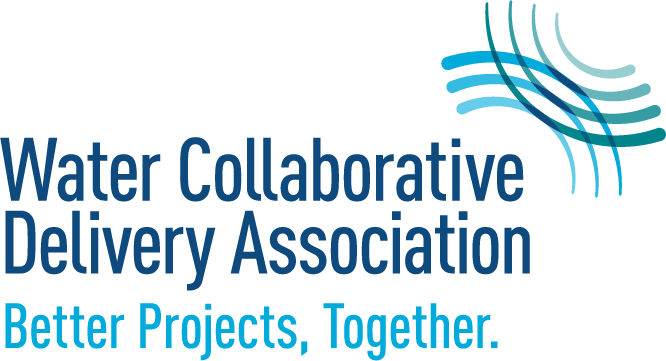With each new presidential administration comes the preparation for possible changes in US economic strategies. The current administration has signaled its intention to impose global tariffs and taxes on certain goods and services imported to the US. While support by Congress and the pathway to implementation is still undetermined, any change to US economic policy can directly or tangentially impact the water sector through our needed import of materials, equipment, or services from abroad. Uncertainty has been the theme over the last four years and new challenges continue.
But we have been here before. Not long ago, and certainly not forgotten, the water sector experienced and navigated widespread national and global changes—the COVID-19 pandemic, Bipartisan Infrastructure Law funding requirements, vast market volatility, extreme weather impacts, supply chain disruptions, and labor shortages. During these events we proved to be a sector that is resilient, collaborative, and innovative. Collaboration will be the key to success in navigating the uncertainty we have faced and will continue to face in the near future.
While the specific impacts on each project will vary widely, it is a best practice to assess your own projects to better understand and prepare for potential impacts. Now is the time for awareness, transparency, and teamwork. Whether your project is using collaborative delivery (fixed price, progressive, or construction management at-risk) or a traditional design-bid-build delivery, below are a few steps to prepare for these potential tariffs or any potential uncertainty:
- Perform a project health check by reviewing the scope, schedule, and budget.
- Review active and draft contracts with your internal or third-party counsel.
- Make sure you have clearly defined project roles and responsibilities for the entire team.
- Update your risk register.
- Obtain input from the entire project team, including subconsultants, subcontractors, vendors, and suppliers.
- Fully embrace transparency in your next project meeting.
If your project is just being defined, be sure to evaluate each available delivery method authorized within your state and consider the value of collaborative project delivery (CPD) in navigating the uncertainty of the future while successfully managing the risks through CPD best practices. For more information on collaborative delivery methods, start here.
Stay tuned! We will be releasing more best practice guidance and frameworks to follow in the coming months.

